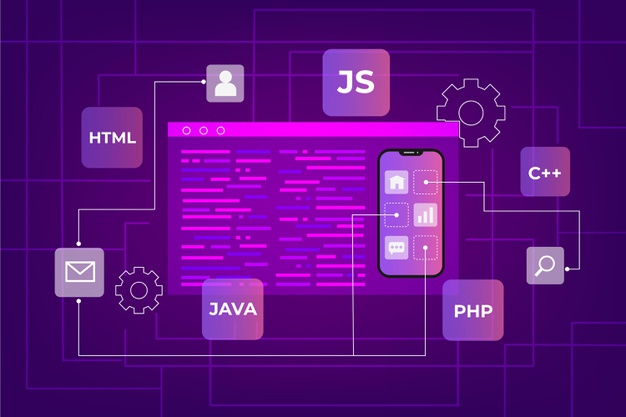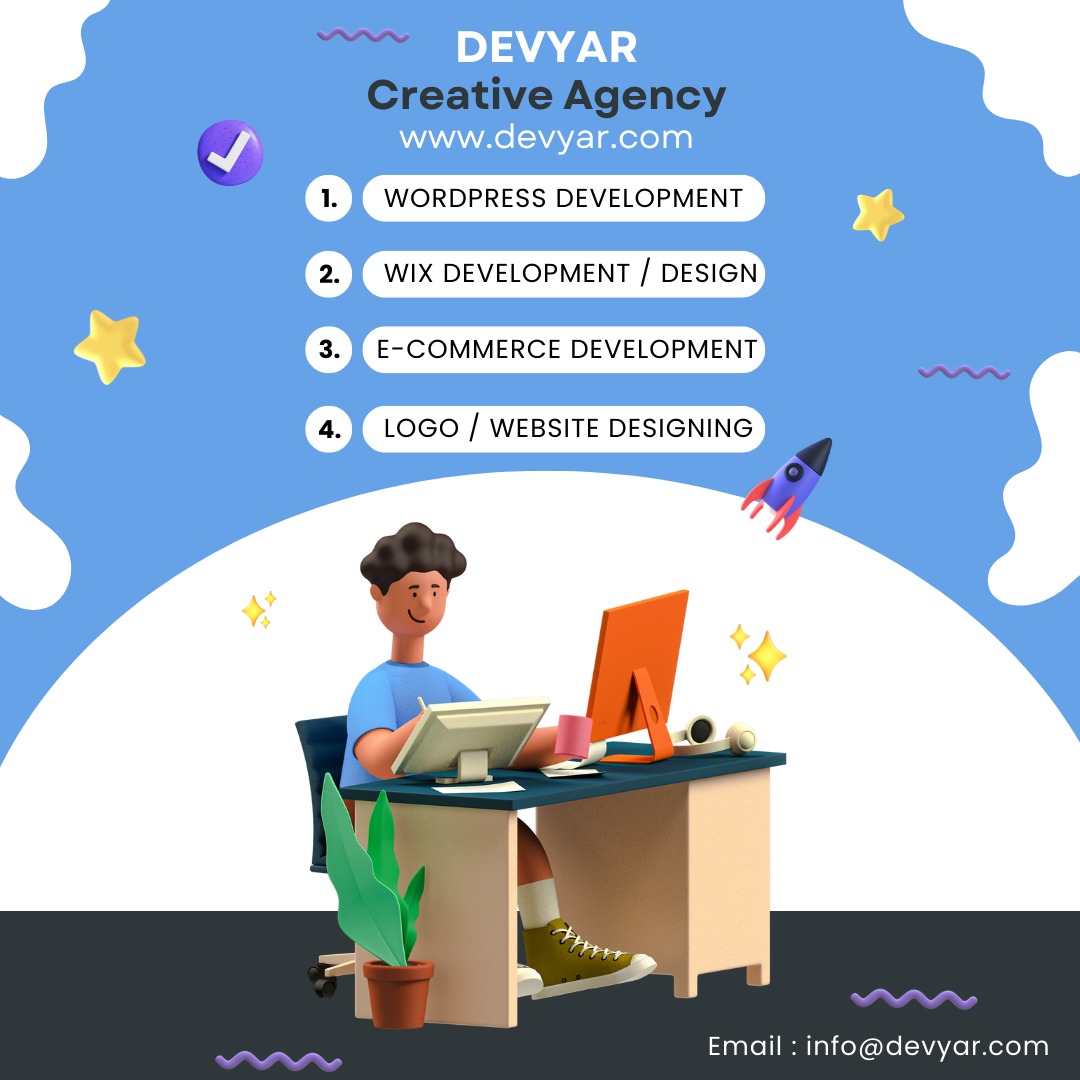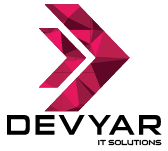Navigating the Cloud: A Comprehensive Guide to Choosing the Right Service Model for Your Business
In the rapidly evolving landscape of Information Technology (IT), cloud computing has emerged as a transformative force. As businesses increasingly migrate their operations to the cloud, one of the most critical decisions they face is selecting the appropriate cloud service model that aligns with their needs and goals.
This blog post will delve into the various cloud service models available – Infrastructure as a Service (IaaS), Platform as a Service (PaaS), and Software as a Service (SaaS) – providing readers with an in-depth understanding of each model's features, benefits, and best-fit scenarios. The goal is to help businesses make informed decisions when it comes to adopting cloud solutions.

Key Sections:
-
Introduction to Cloud Service Models: Explain the fundamental concepts of IaaS, PaaS, and SaaS. Highlight how each model operates, with examples of popular providers in each category.
-
Infrastructure as a Service (IaaS): Detail the IaaS model, where businesses can rent virtualized computing resources over the internet. Discuss benefits such as scalability, cost savings, and flexibility. Provide real-world use cases, such as setting up development and testing environments or hosting websites.
-
Platform as a Service (PaaS): Explore PaaS, focusing on its role in simplifying the development, deployment, and management of applications. Discuss how PaaS reduces the complexity of infrastructure management and accelerates the development lifecycle. Offer examples like building and deploying web applications without dealing with underlying infrastructure.
-
Software as a Service (SaaS): Cover SaaS, which delivers software applications over the internet on a subscription basis. Explain how SaaS eliminates the need for local installations and maintenance, making it suitable for businesses of all sizes. Mention popular SaaS applications like email services and customer relationship management (CRM) tools.
-
Comparative Analysis: Provide a side-by-side comparison of the three service models, highlighting their strengths and limitations. Help readers understand which model might be best suited for different business scenarios based on factors like control, customization, and operational responsibilities.
-
Factors to Consider When Choosing a Service Model: Offer a checklist of considerations for businesses to assess before selecting a cloud service model. Include factors such as security requirements, compliance regulations, scalability needs, and budget constraints.
-
Case Studies: Share real-world case studies that showcase how businesses from various industries have successfully implemented different cloud service models to address their specific challenges and achieve tangible benefits.
-
Best Practices for Migration and Integration: Provide insights into seamlessly migrating existing applications or infrastructure to the cloud and integrating different cloud service models cohesively within a business's IT ecosystem.
-
Future Trends and Evolving Landscape: Conclude the blog by discussing emerging trends in cloud computing, such as serverless computing and edge computing, and how they might impact the landscape of cloud service models in the future.
-
Conclusion: Summarize the main takeaways from the blog and emphasize the importance of making an informed decision when choosing a cloud service model to drive business growth and innovation.





